How to care for gardenia indoors – an expert horticulturalist shares their recipe for success
Say goodbye to bud drop and wilting leaves for good with this pro gardenia advice

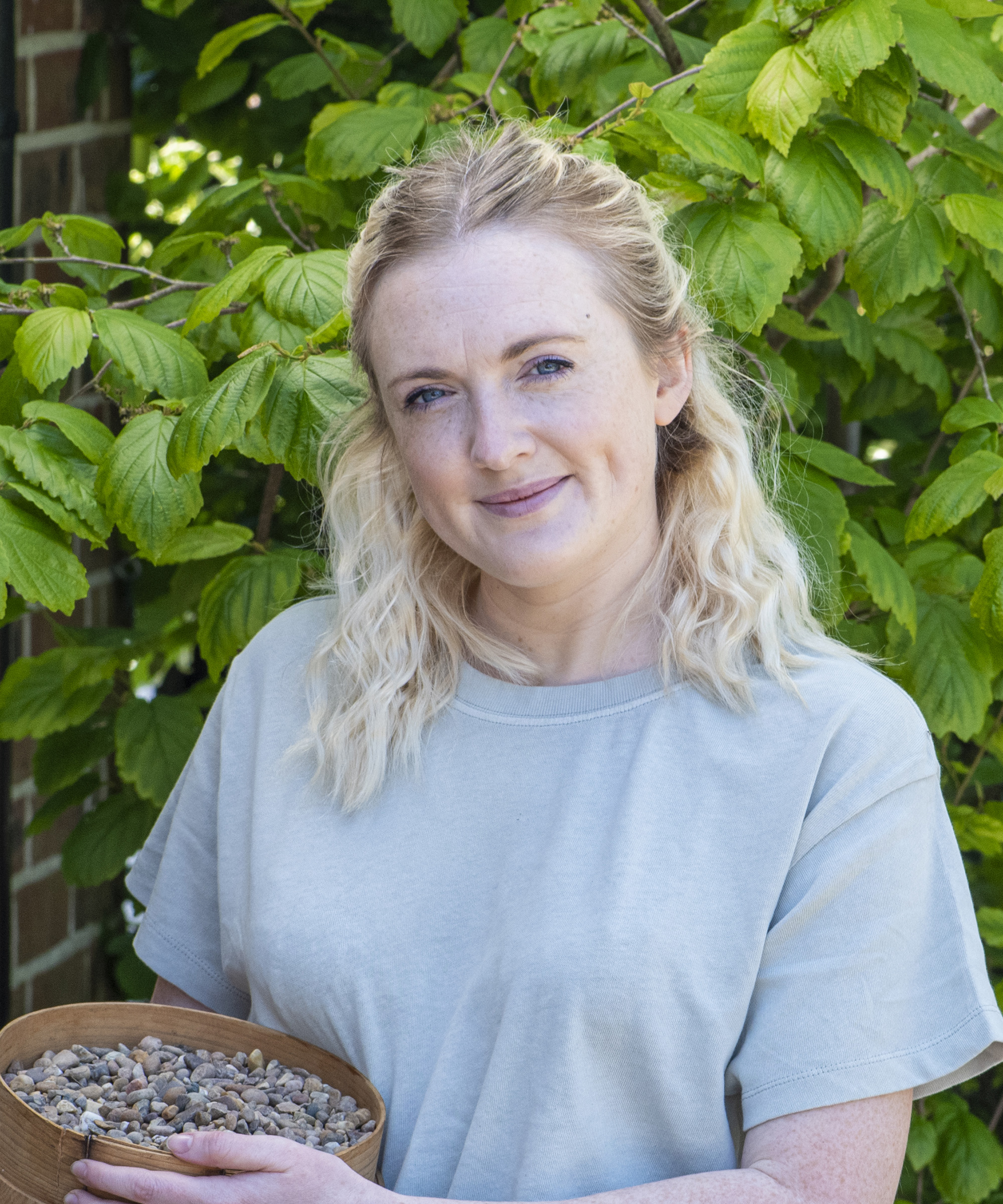
Gardenia is a tropical plant, which is as difficult as it is beautiful. Knowing how to care for them, how to water and also how to prune gardenias will all help towards mastering these tricky shrubs. Get the formula right, and they will make some of the best and most rewarding indoor plants you can find.
'Perfect ivory blooms, the sweetest intoxicating fragrance and glossy evergreen leaves make the gardenia almost irresistible,' says horticultural expert Anne Swithinbank.
'Yet should you decide to purchase one and keep it long term, be aware that these are fickle, high-maintenance beauties. Neglect is unlikely to kill a plant but, as I’ve found to my cost, they’ll lose their looks unless placed at the center of attention with their needs constantly met.'
Known as one of the best indoor plants to infuse subtle scents, here is how to keep yours happy and healthy.

5 essential requirements for thriving gardenias
Why are gardenias tricky to grow? 'In their native China and Japan these lovely plants would reach the size of large shrubs or small trees and may well resent being asked to grow in container gardens indoors,' explains Anne.
Here's how to keep your gardenias happy and healthy outside of their natural habitat.
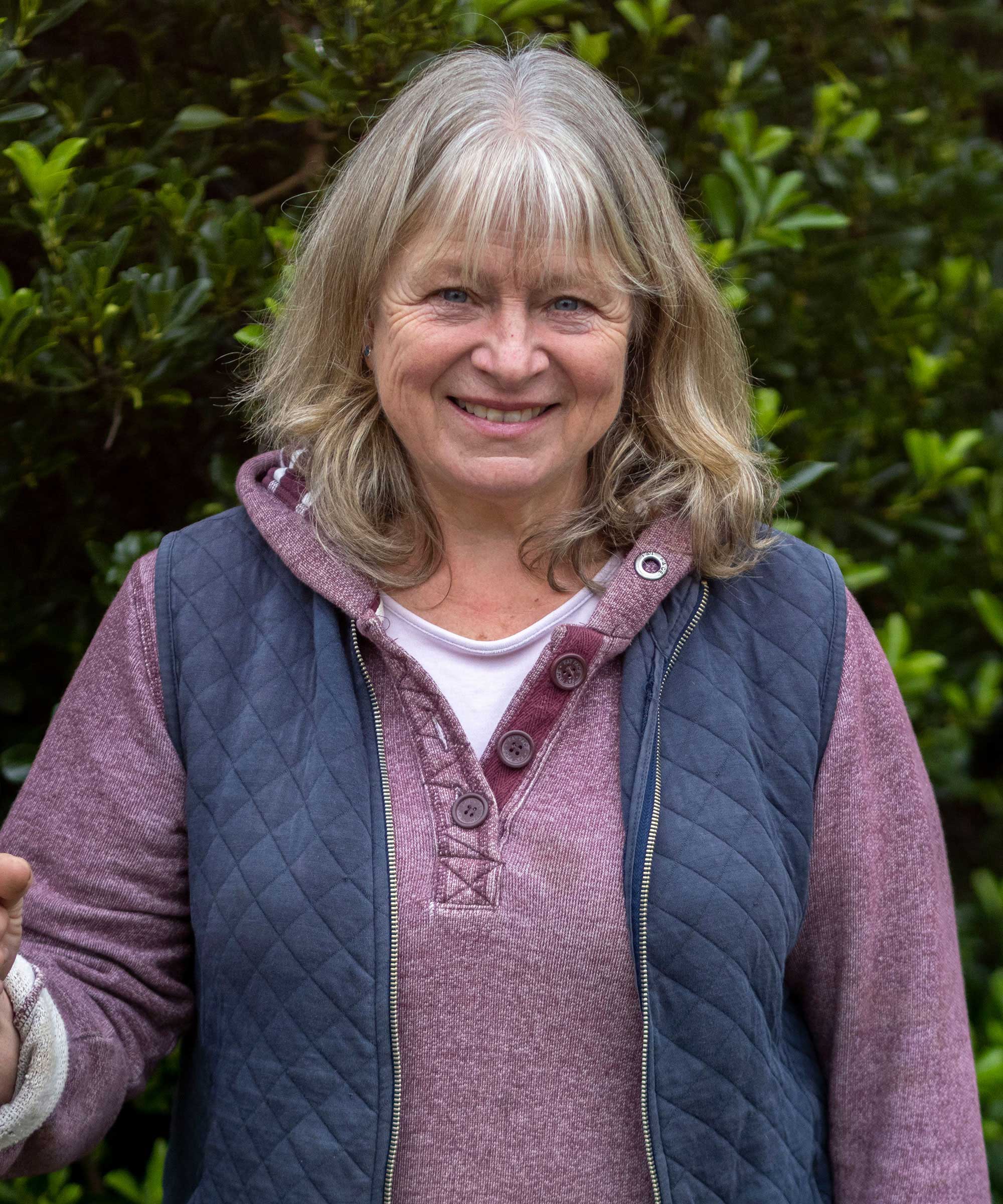
As a trained horticulturalist, garden writer and broadcaster, and the author of multiple books, Anne Swithinbank has an extensive knowledge about plants and gardening.
1. Acidity
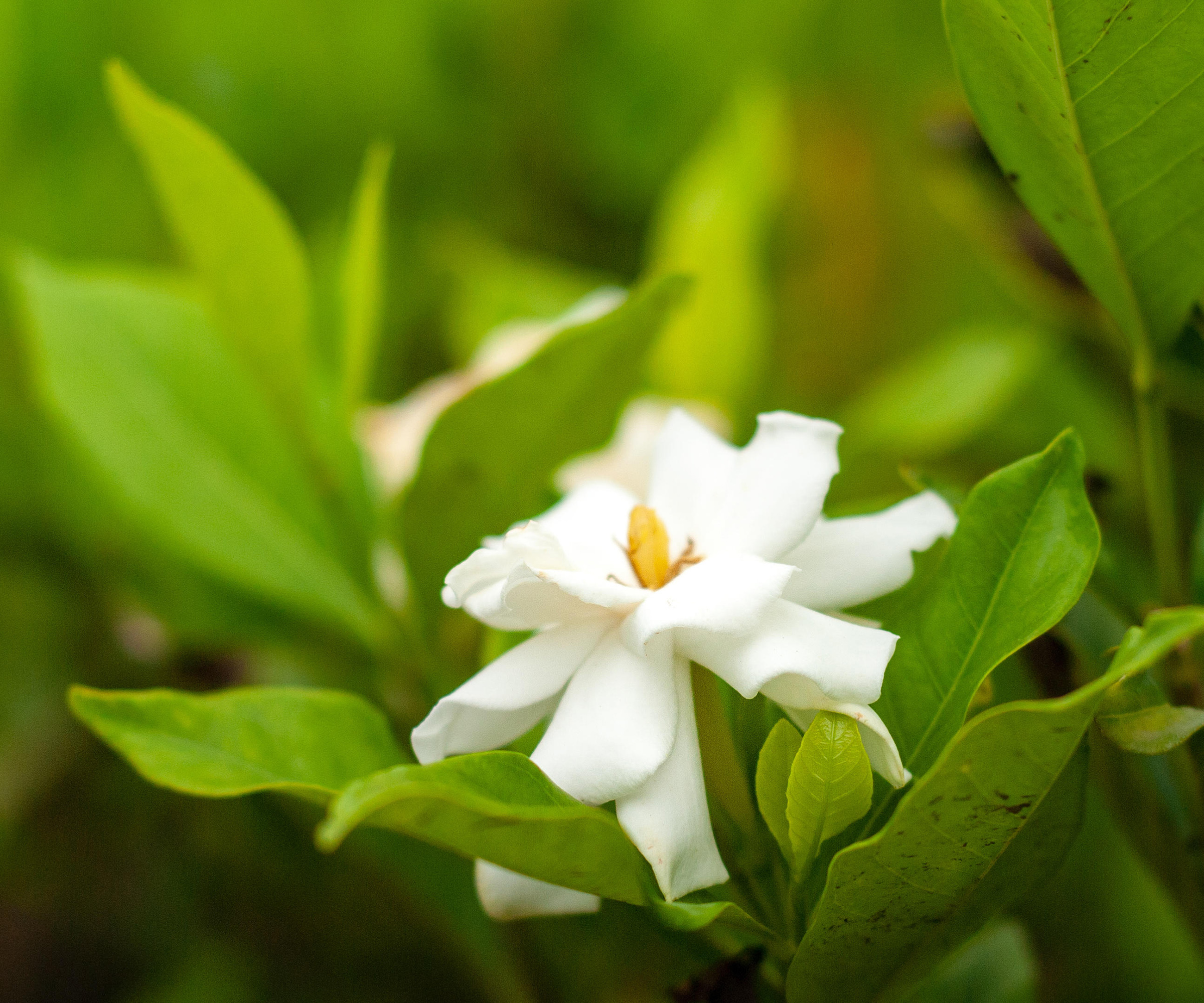
Alkaline soils will not keep gardenia healthy for long
'Gardenias are lime-haters,' says Anne. 'So an ericaceous compost or a homemade lime-free mix of leaf mold and good neutral loam with a little grit should suit them.' Gardenias like coffee grounds to up the acidity too.
If you're living in USDA hardiness zones 8-11 and you want to grow gardenias outdoors Anne says: 'If your soil is on the neutral to acidic scale, planting the hardy ones out could well be the making of them.'
If your soil type isn't naturally acidic you will need to amend the pH before attempting to grow outside.
Gardenia 'August Beauty' at Nature Hills
A great outdoor option for USDA zones 8-11. It will work as a hedging plant or a statement in a container. Plant it in a warm sunny spot.
2. Warmth and light
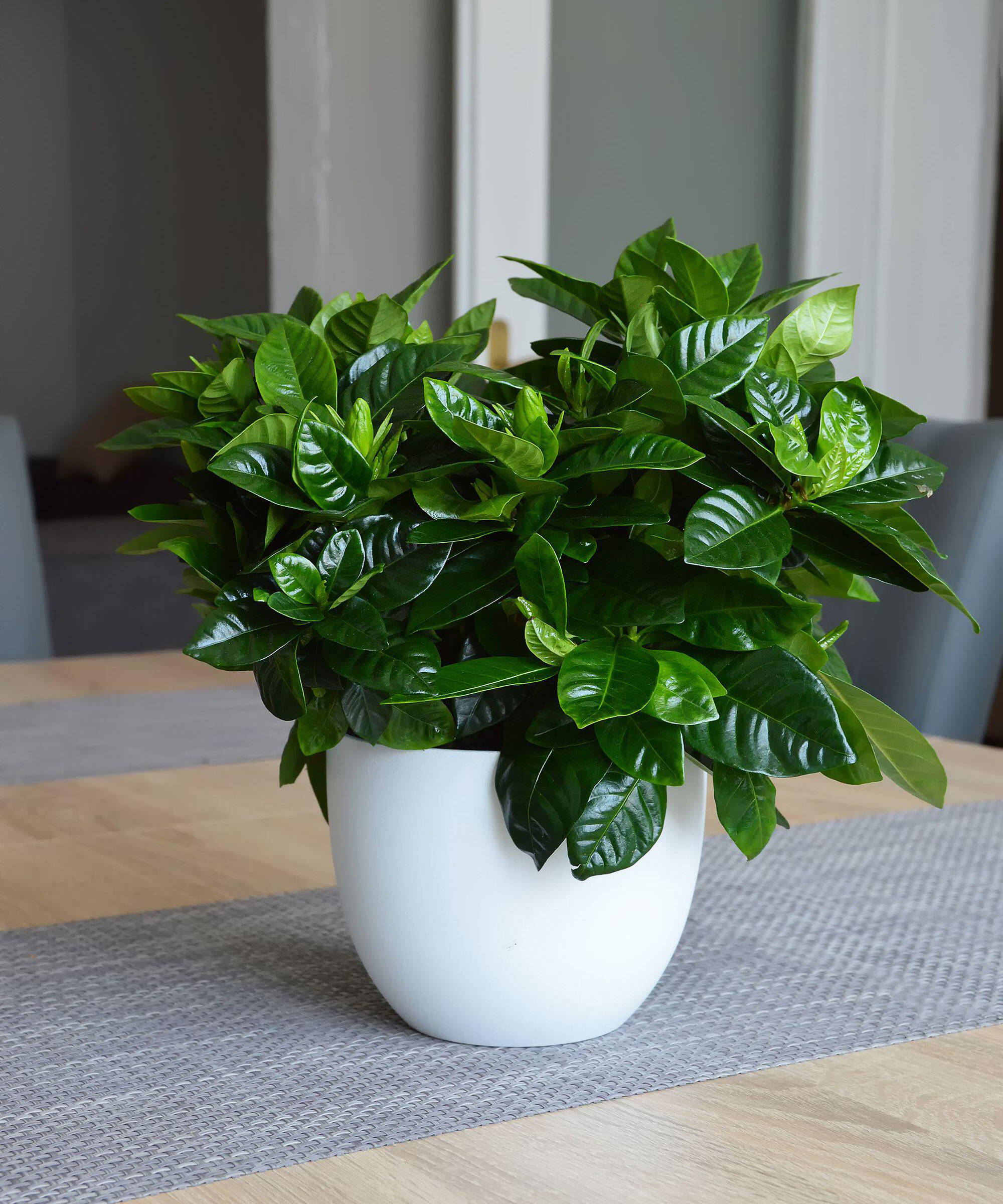
Gardenias like consistent warmth
'Indoors, gardenias enjoy a humid temperature range of 60-65°F,' says Anne. Whilst it's true that gardenias need warm temperatures, avoid positioning them in areas which are near heat sources.
As with your Christmas cactus, keep them away from radiators or on south-facing windowsills where the heat from the sun could scorch their leaves.
'Back in the garden, temperatures just above 60°F usually bring gardenias into bud during summer,' says Anne.
As well as warmth, they need plenty of light. But they should be protected from hot, direct sunlight in summer. In winter, they generally need as much sunlight as possible.
3. Regular feeding
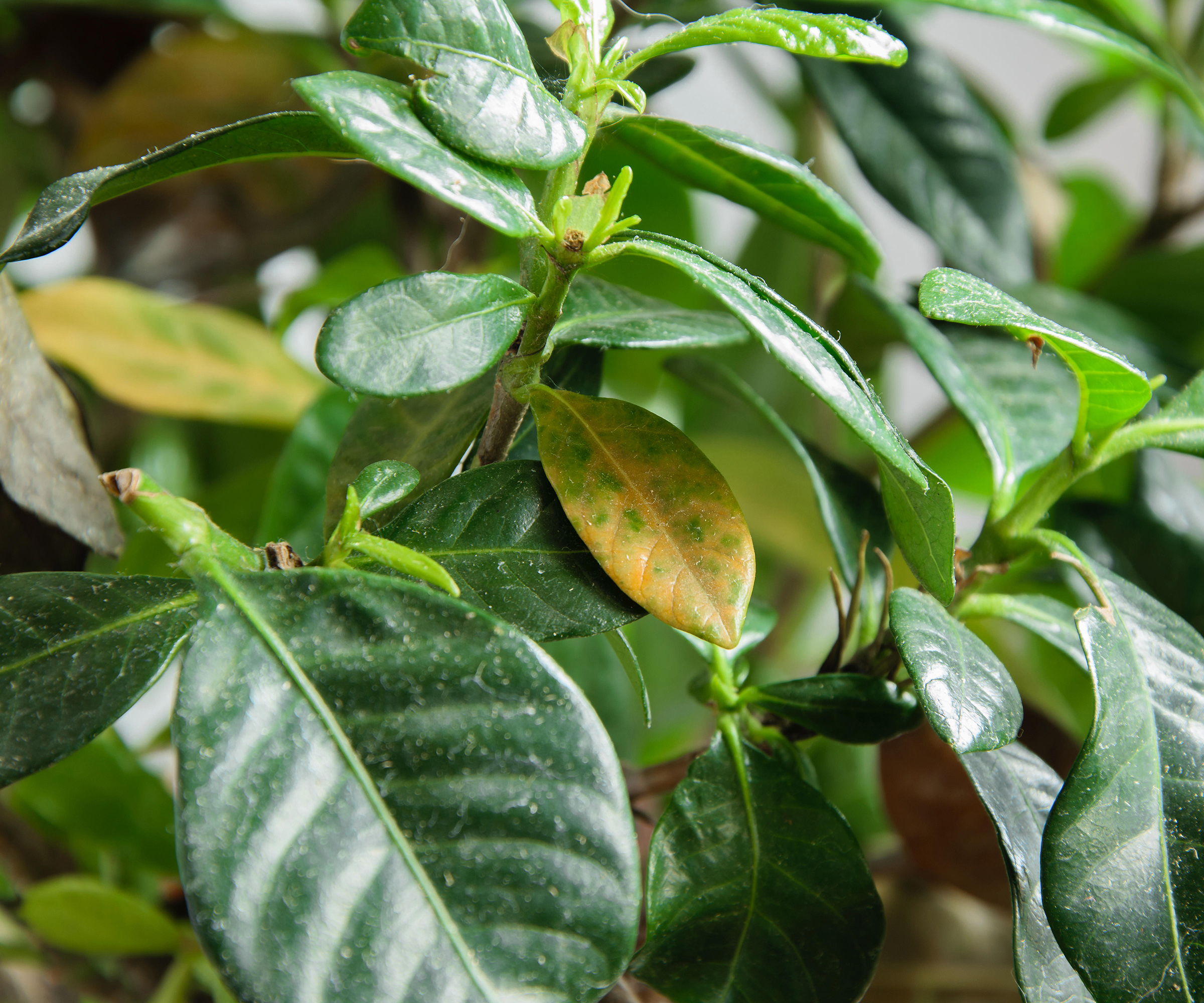
Fertilizing your gardenia plant will give it a boost
As beautiful as the delicate porcelain flowers is the plant's backdrop of rich green leaves.
'Without the best care, plants tend to turn a sickly yellow and need supplementary feeding using a liquid fertilizer balanced for acid-loving plants such as rhododendrons,' says Anne.
'Gardenias are cousins of citrus, so a summer citrus feed once a month from spring is also worth trying. Once a fortnight would not be too much, from spring to autumn. When plants have been starved and go into winter with yellow foliage, cold temperatures tend to make the situation worse.'
4. Repotting
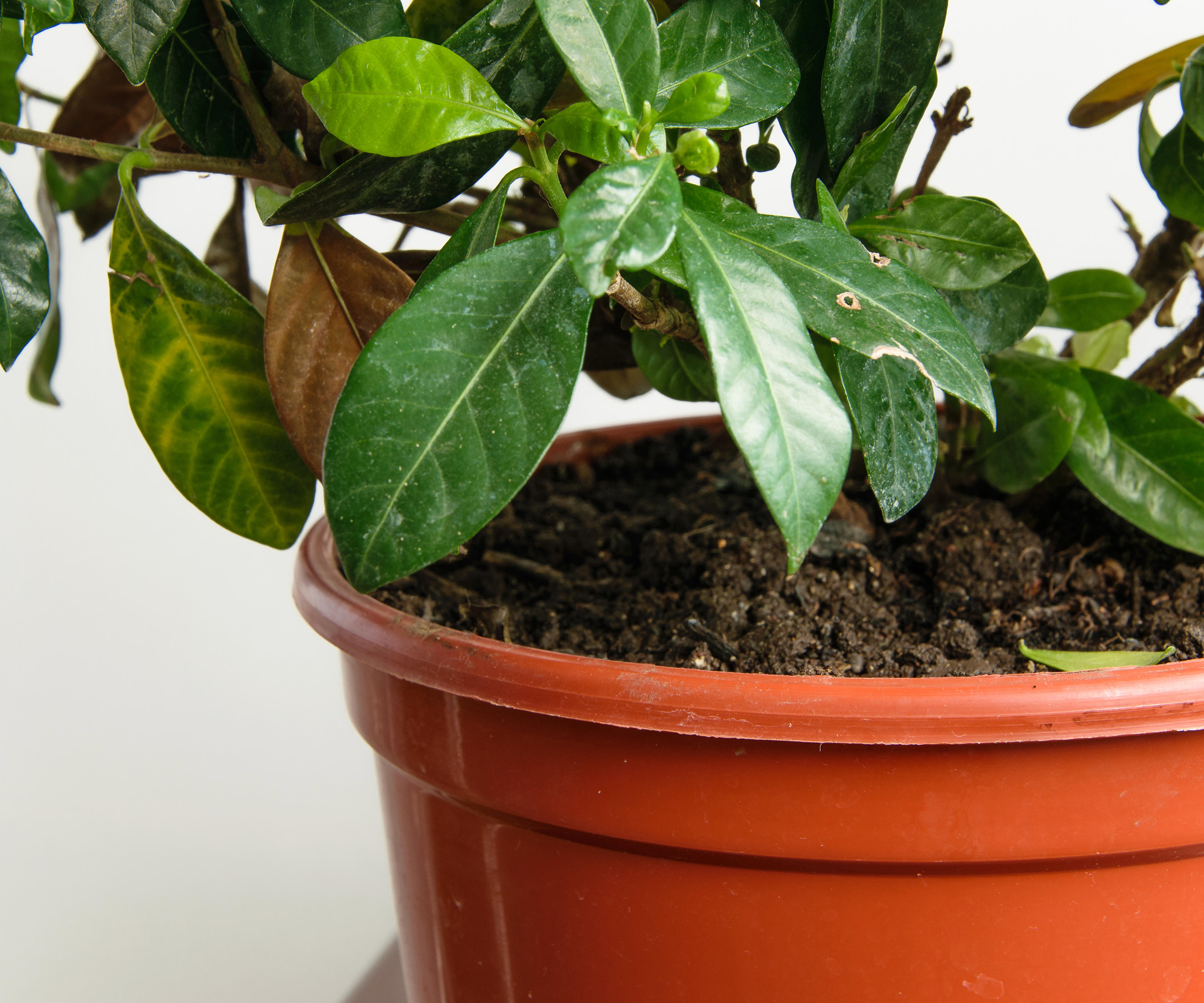
Yellowing leaves means your gardenia is not getting what it needs
'Should a gardenia plant be pot-bound, the first job is to move it on carefully to a slightly larger container,' says Anne. 'Make sure the roots are disturbed as little as possible.'
'Having allowed the plant to settle for a couple of weeks, prune half of the stems back to remove some of the yellowing growth and encourage new shoots of (hopefully) rich green leaves.'
After a month in the new compost, Anne recommends giving your gardenia a liquid feed at fortnightly intervals using a preparation for ericaceous plants or a citrus fertilizer to stimulate healthy growth and deep-green foliage.
5. Moisture

Avoid allowing your gardenia to dry out
Gardenias don't like a dry atmosphere. Placing the pot on a tray of wet pebbles is a great way to boost the humidity. Standing gardenias in a group with other humidity-loving plants, such as a Boston fern or Chinese money plant, is also a way to create a microclimate with improved humidity for all.
Misting the leaves will help, but be careful not to mist flowers. Don't allow the compost to dry out. It should be moist, never soggy (otherwise you may get bud drop). The soil can be slightly dryer in winter.
FAQs
Can you grow gardenia outdoors?
In milder regions, gardenias can be grown in containers in a sheltered space out of direct sunlight. This means they can easily be moved somewhere warm, such as a heated conservatory, when temperatures drop. For extra peace of mind, look for hardy varieties such as 'Kleim's Hardy'.
In reliably warmer areas, such as the southern states of the US, they can be planted straight into the ground in soil that has good drainage and a low pH.
Once you get to grips with what makes your gardenia tick you will realise why these plants are worth all the effort to keep them happy.
If you don't live in an area where it's possible to grow them in your backyard. It's easy enough to control the conditions and grow them indoors.
Sign up to the Homes & Gardens newsletter
Design expertise in your inbox – from inspiring decorating ideas and beautiful celebrity homes to practical gardening advice and shopping round-ups.

Teresa was part of a team that launched Easy Gardens magazine two years ago and edited it for some time. Teresa has been a Gardens Editor at Homes & Gardens, Country Homes & Interiors and Living Etc magazine since 2020 and has developed close working relationships with top garden designers, and has been exposed to an array of rich garden content and expertise.
-
 This simple marble hack elevates my budget-friendly wooden kitchen countertops and prevents the dreaded water damage for way less than you’d think
This simple marble hack elevates my budget-friendly wooden kitchen countertops and prevents the dreaded water damage for way less than you’d thinkThis design trick looks expensive, solves a problem, and was the easiest decision I made during my kitchen reno
By Charlotte Olby Published
-
 Emily Blunt gifted Cillian Murphy this $545 pillow – she's 'obsessed' with these luxury pillows, and frankly, so are we
Emily Blunt gifted Cillian Murphy this $545 pillow – she's 'obsessed' with these luxury pillows, and frankly, so are weThe Oppenheimer stars sleep on this ultra-luxe goose down pillow – here's why we love it – plus our affordable alternatives from $35
By Sophie Edwards Published
